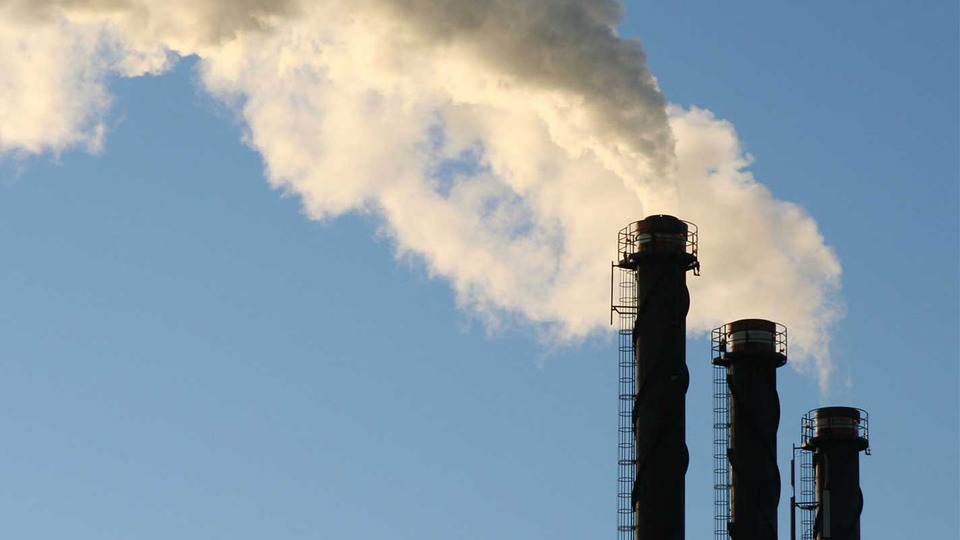
Modelling of air pollution
Dispersion models and atmospheric process models are useful tools for determining how emissions, meteorological conditions and chemical processes affect air pollution levels and throughfall of different substances. IVL has an extensive operation in the field of dispersion calculation and modelling of atmospheric chemical processes.
The modelling tools we use are flexible, and allow us to model meteorology with high resolution, dispersion of flue gas plumes, detailed atmospheric chemistry and secondary aerosolization, as well as dry and wet deposition. We work with several different models, from advanced three dimensional dispersion models to empirical models.
Dispersion models make it possible to simulate emission scenarios, and dispersion calculations are also very useful in studies of how ventilation and pollution levels are affected by urban density. We also model smells, dust, exposure and allergenes. The results are often used when assessing permit applications.
Examples of our practical work with air modelling
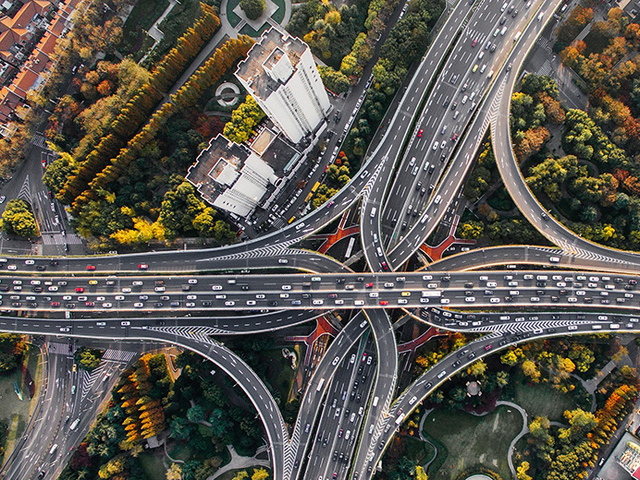
Visualization and modelling of urban air quality
CityAirSim is an interdisciplinary project that links biological and meteorological knowledge with modern visualization and communications technology. The aim of the project is to show how traffic, vegetation and dense construction affects urban air.
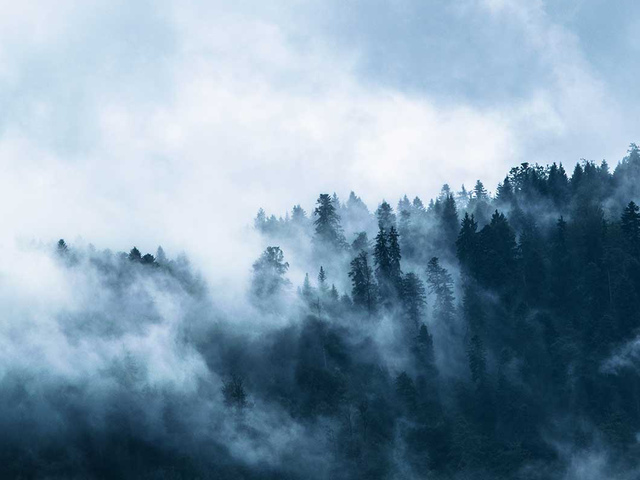
Centre for dynamic modelling
The Centre for Dynamic Modelling, CTM, develops methods for the dynamic modelling of how air pollution impacts ecosystems. IVL Swedish Environmental Research Institute hosts the centre, which is funded by UNECE and the Swedish Environmental Protection Agency.

Valesor – what do emissions cost?
Air pollution costs society billions, and emissions of chemicals that negatively affect our health place a burden on society and healthcare. The EU project Valesor (Valuation of Environmental Stressors) will develop a tool for evaluating these pollutants.
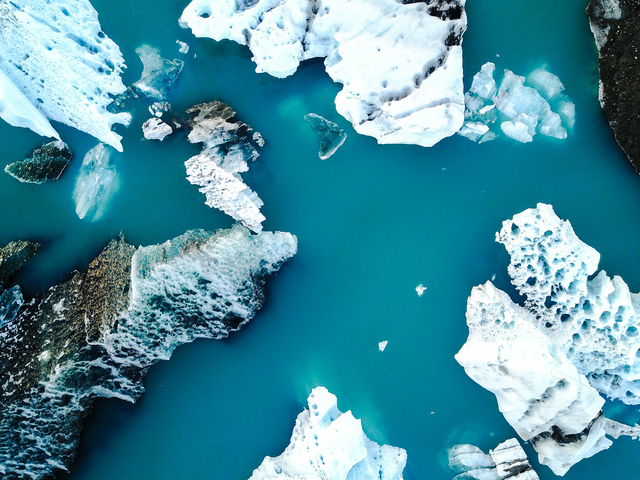
How are the air and climate of the Arctic affected by soot particles?
Arctic Black Carbon Impacting on Climate and Air Pollution, ABC-iCAP, is an EU project that supports international collaboration aimed at reducing emissons of soot particles by developing scenario analyses, among other things.
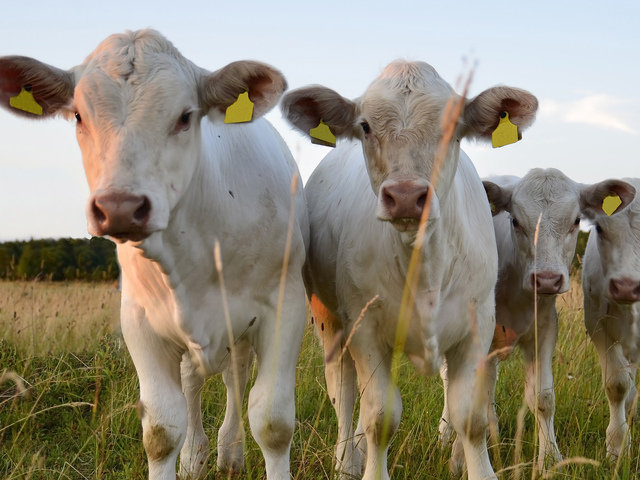
SCAIL assesses pollutants from animal facilities
The FORMAS project SCAIL Sweden is developing a dispersion tool for assessing nitrogen load, acid deposition and air concentrations in sensitive habitats and natural areas, as well as PM10 concentrations, from incineration plants and large animal-keeping facilities in Sweden.
